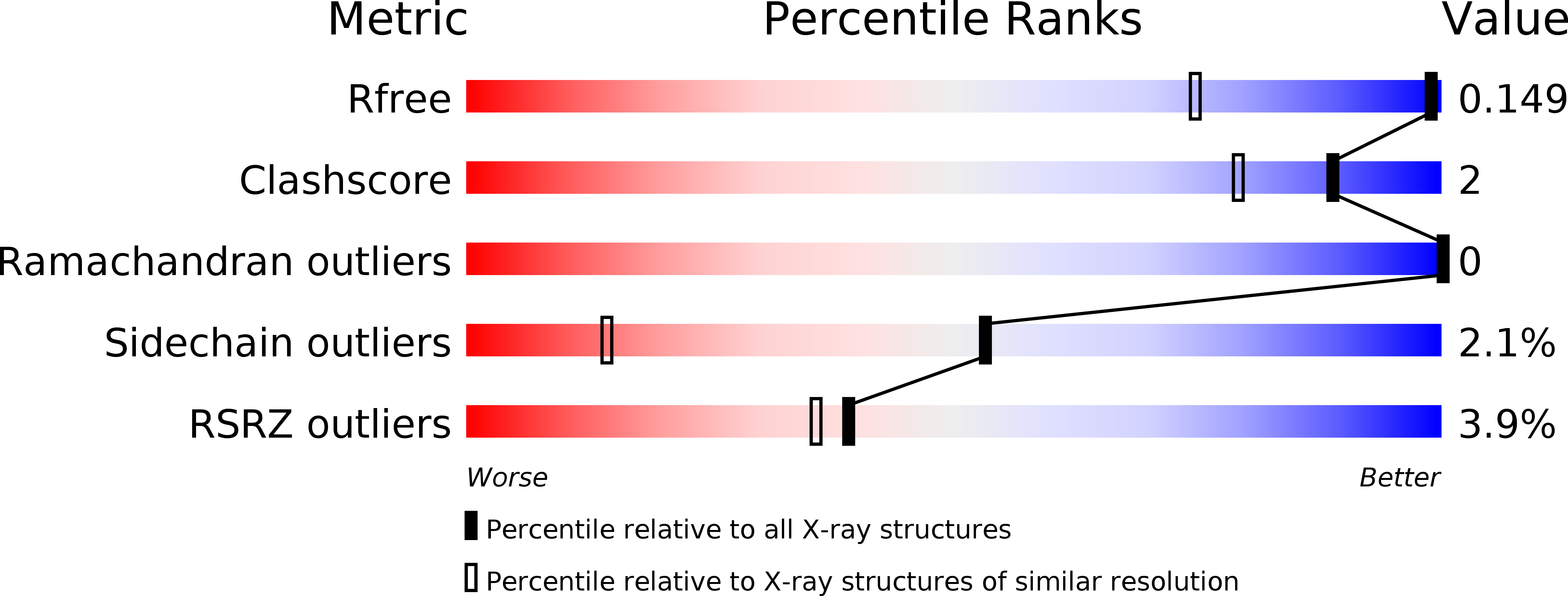
Deposition Date
2017-06-26
Release Date
2018-06-06
Last Version Date
2023-10-04
Entry Detail
PDB ID:
5WAA
Keywords:
Title:
Human Histidine Triad Nucleotide Binding Protein 1 (hHint1) C84R mutant
Biological Source:
Source Organism:
Homo sapiens (Taxon ID: 9606)
Host Organism:
Method Details:
Experimental Method:
Resolution:
1.10 Å
R-Value Free:
0.14
R-Value Work:
0.13
R-Value Observed:
0.13
Space Group:
C 1 2 1


